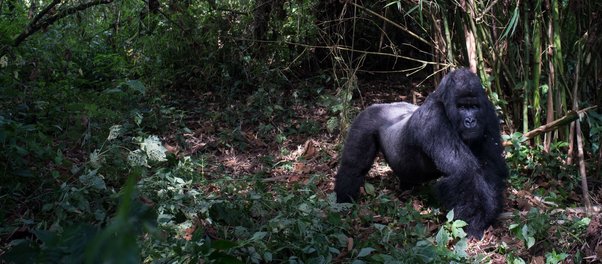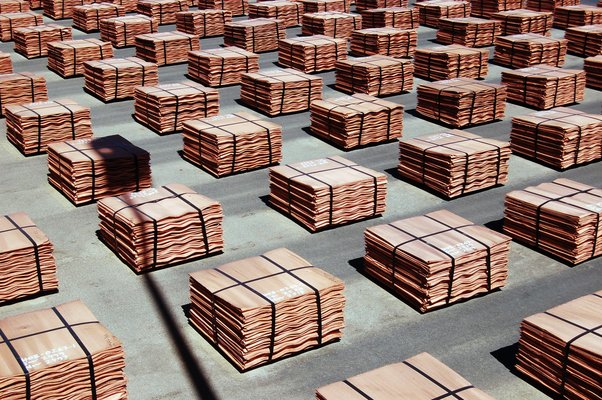In this guest blog, Anja Tolonen, assistant professor at Barnard College, Columbia University, discusses the costs and benefits of large-scale mining for women across Africa.
The African continent is rich in natural resources, like oil, gas and minerals that contribute to a large share of exports, and are now a major source of investment. Often missing from discussions about the impact of natural resources is a focus on gender. What does the presence of extractive industries like mining mean for women?
It is often supposed that the impact of such industries will be particularly tough on women. The UN’s “African Mining Vision” – a vision for the sustainable integration of mining into development policies - spells out how the extractive industries risk increasing the already huge gap between men and women’s economic opportunities. In a series of research projects, I have explored how large-scale mining in Africa affects women’s livelihoods, and gender norms in areas where mining takes place. My research has shown that these wary assessments may be discounting the potential opportunities for women that mining projects – when properly managed – may bring.
What does the presence of a mining operation mean for women’s employment? The mining sector is generally known for weak local multipliers- that is, for each job created in the sector, few jobs are created in related sectors such as services, manufacturing or construction. This is known as the ‘enclave’ hypothesis: that a large-scale mine creates few economic opportunities for local community members.
On the other hand, the jobs that mining activities do generate within Africa are usually concentrated in services and sales, which are relatively female dominated. In my recent joint paper with Andreas Kotsadam, African Mining, Gender and Local Employment, we investigated how this recent, rapid expansion in large-scale mining affects women’s job prospects. To explore the effects of mining activity on women’s livelihoods, we used a unique combination of data from over 29 countries and over 500,000 women.
We found that industrial mines change the structure of the local economy, causing subsistence farming to become less important for both men and women. However, the effects of this turn away from agriculture are different for men and women: men shift to skilled manual labor, and women shift to service sector jobs, which could be anything from the food industry to hairdressing to transportation. Importantly, there are additional benefits to these new jobs for women: women are more likely to earn cash for work, instead of not being paid or earning in kind. Such work is not seasonal, so women in mining communities have more opportunities to choose to work year round, instead of only working during the agricultural high season.

Women work outside a restaurant in the mining town of Nzibira in South Kivu province in eastern DRC. Where mining takes place, women often find work in the service sector. Photo credit: Phil Moore.
However, on average, fewer women in mining communities work compared with women elsewhere, and the drop in employment when a mining operation opens up is higher for women than for men. The effects are very local: individuals living further away than 50km from a mine are not affected by these changes in the economy.
To further understand what these changes in the local economy mean for women and their welfare, I went on to research how large-scale industrial gold mining changes local gender norms. Using data from 8 African countries with significant gold reserves, I looked at industrial gold mining and how it affects women’s access to health care and household resources, and also if it changed local beliefs regarding domestic violence.
My research suggests that gender norms change rapidly alongside the economic changes. Women in mining communities are less likely to justify domestic violence, and have better access to health care and media that discuss family planning than women who live elsewhere. These changes are found both among migrant women and women who are born in the mining communities.
The findings highlight how large-scale mines have the transformative power to generate new economic opportunities that affect the livelihoods of women and men – and the importance of recognising the gender-differentiated impacts of the mining sector. They also point toward challenges that have to be addressed to ensure that the industry generates fully inclusive and sustainable local economic growth that benefits both women and men. Above all, they remind us that an industry that focuses predominantly on male labour is far from neutral to women's welfare – and policy must be designed with that in mind.
Excerpts of this article was originally published on The World Bank’s Let’s Talk Development Blog.
Papers: African Mining, Gender and Local Employment (Kotsadam and Tolonen, World Development, 2016)
Local Industrial Shocks and Infant Mortality (Unpublished)
Local Industrial Shocks and Endogenous Gender Norms (Unpublished)


